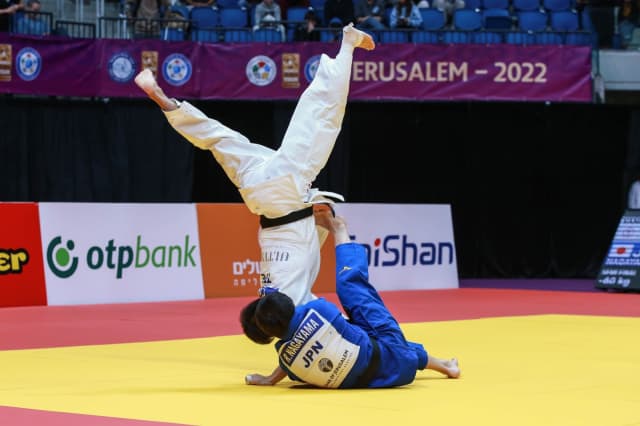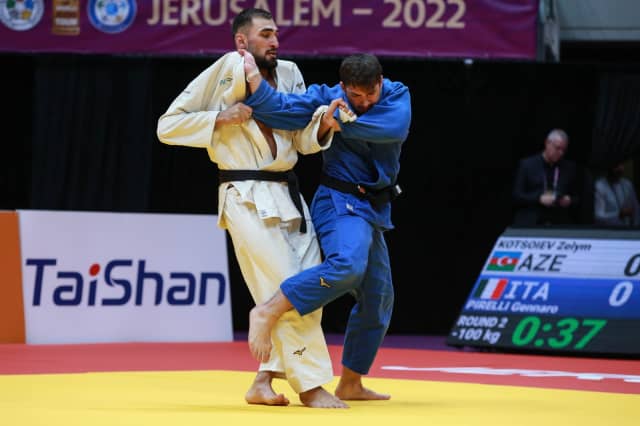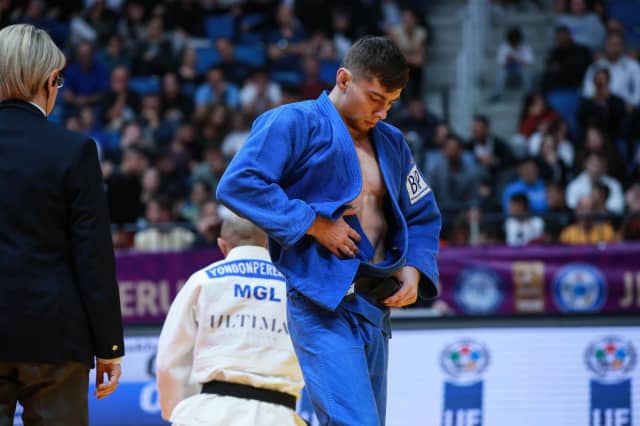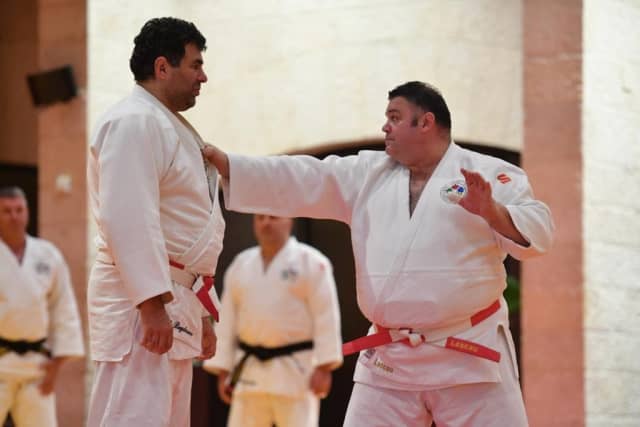“The Masters was the final meeting of the top athletes from around the world for this year and from the very first rounds we had high level athletes with high level contests.
In terms of the refereeing rules, there were updates and now we have all evolved in our thinking. We have reached a point where we now start to have a good understanding of the 3 elements needed to consider actions for scoring purposes: technique, continuity of action and landing. Also the implementation of waza-ari with the landing including 2 elbows on the mat, during the year had a clear line and it was a correct adjustment.
In terms of counter techniques, a better understanding has been shown from both coaches and referees that when a sutemi-waza is used as a counter, tori cannot put their back on the mat to be used in the execution of the throw."
"There was a high number of discussions about reverse seoi-nage early in the year, concluded with almost no reverse seoi-nage at all in this last 12 months of competition. This is a very positive transition through clear communication with all parties understanding both the practical application and the reasoning.
The use of non-traditional grips, away from hikite on the sleeve and tsurite on the lapel, became more and more understood in terms of how we are using the non-traditional grips, with either a positive attitude or with a negative attitude. We have to continue to work in our dojos at home, as athletes, coaches and referees, to improve this further."
"An important point we have to continue to improve is around the breaking of grips with one or two hands and holding without separation, allowing the contests to continue. The opposite, breaking a grip with one or two hands without keeping any judogi in the hand, was and will be penalised with shido.
With the rule around the retying of hair and the tidying of judogi, we have seen progress. We still have some cases but it is better and will get better again in 2023 as we continue to enforce these rules."
"Thinking about those still using the head to throw, there is no technique in any Kodokan demonstration where the head meets the mat first. We must consider the accidents of the past and of this year and also the integrity of our techniques, following the principles of Jigoro Kano. We have to always remember that the WJT is followed by children and young people all around the world, people who’s bodies are not ready to take those negative forces.
For a better understanding of our sport and to have one judo, speak one judo language and to be able to evaluate correctly what we see on the tatami, my strong recommendation is to take in our hands the refereeing rules and to visit physically or online all seminars and if possible take part in the courses of the IJF Academy. I can’t emphasise this enough, that education is the key to everyone’s success and safety."
"In this short Olympic cycle of just 3 years, let’s take stock of 2022 and improve our judo in the coming year so that not just judoka but non-judoka are able to enjoy our fantastic events.”
Without any room for misinterpretation Mr Lascau’s message is the same as the one Jigoro Kano delivered time and time again, the message that we must all work to be better than yesterday.




